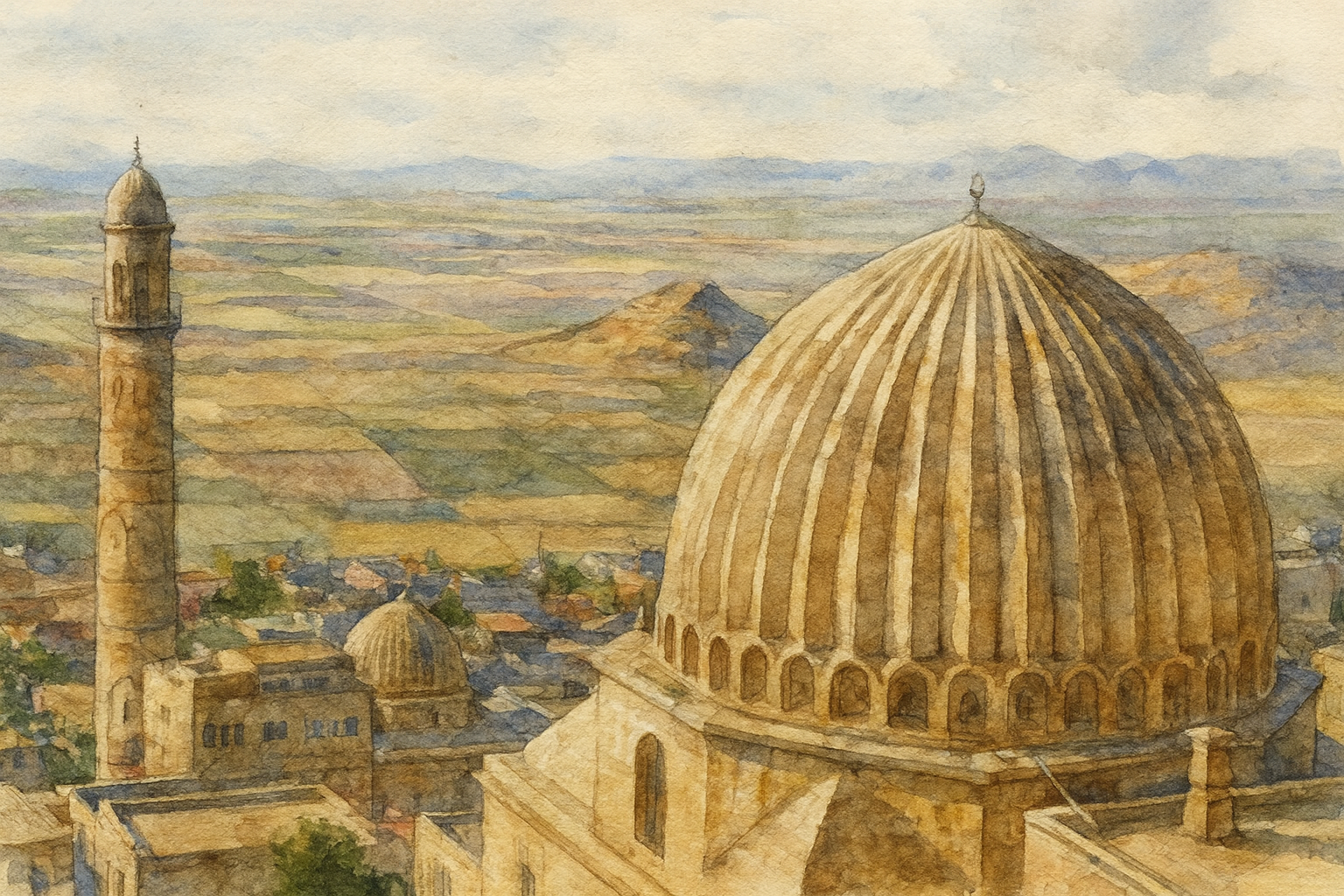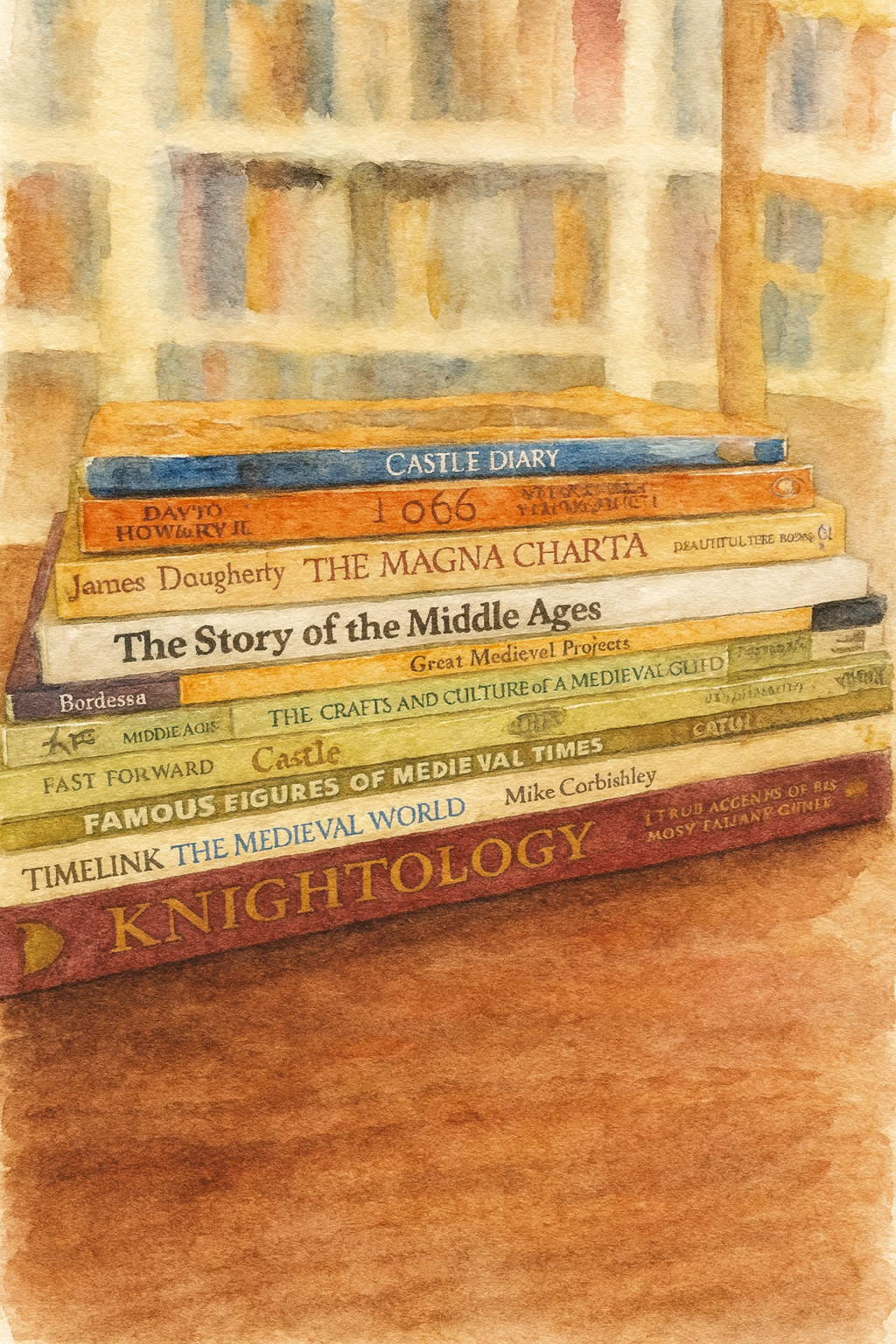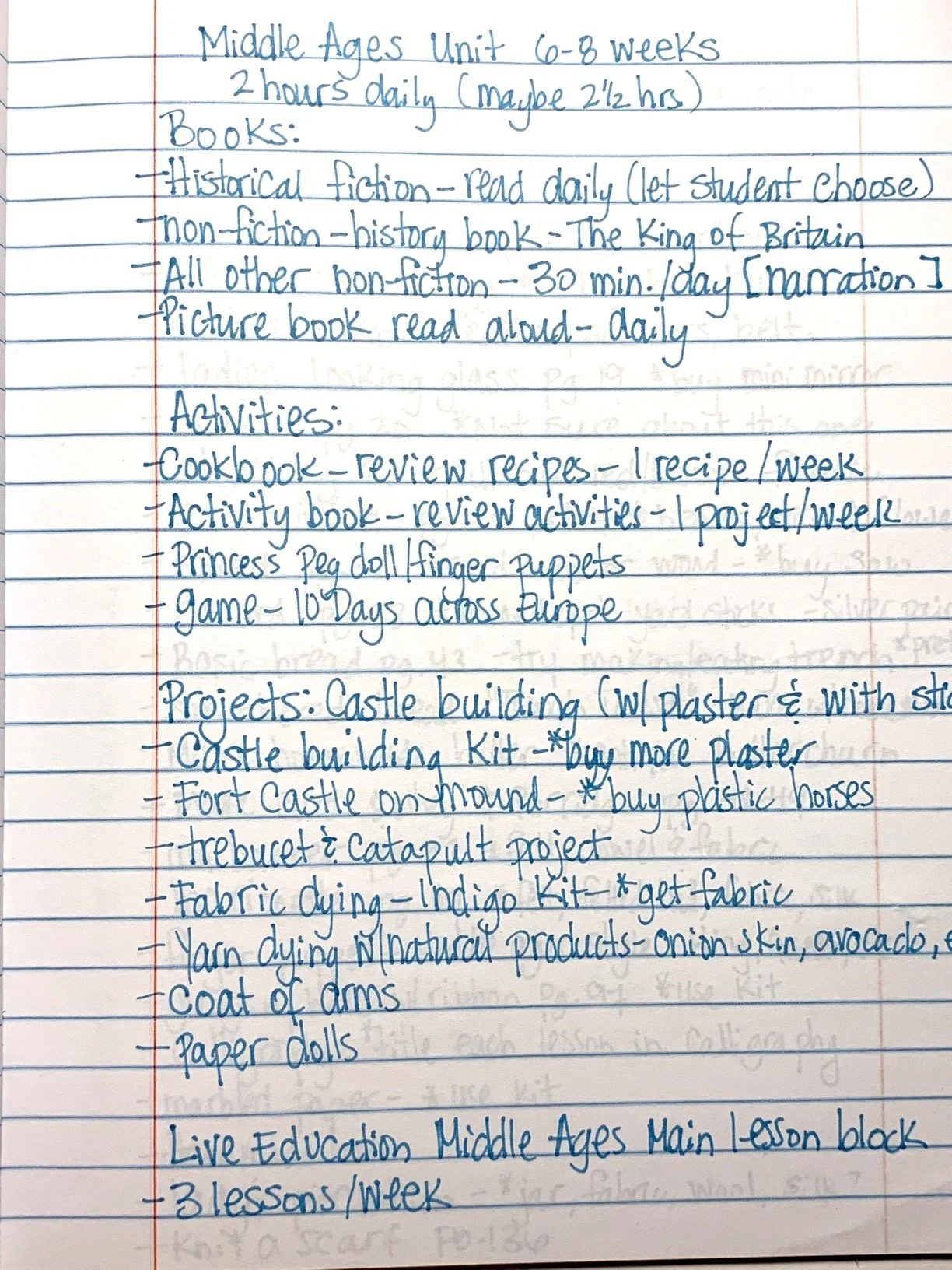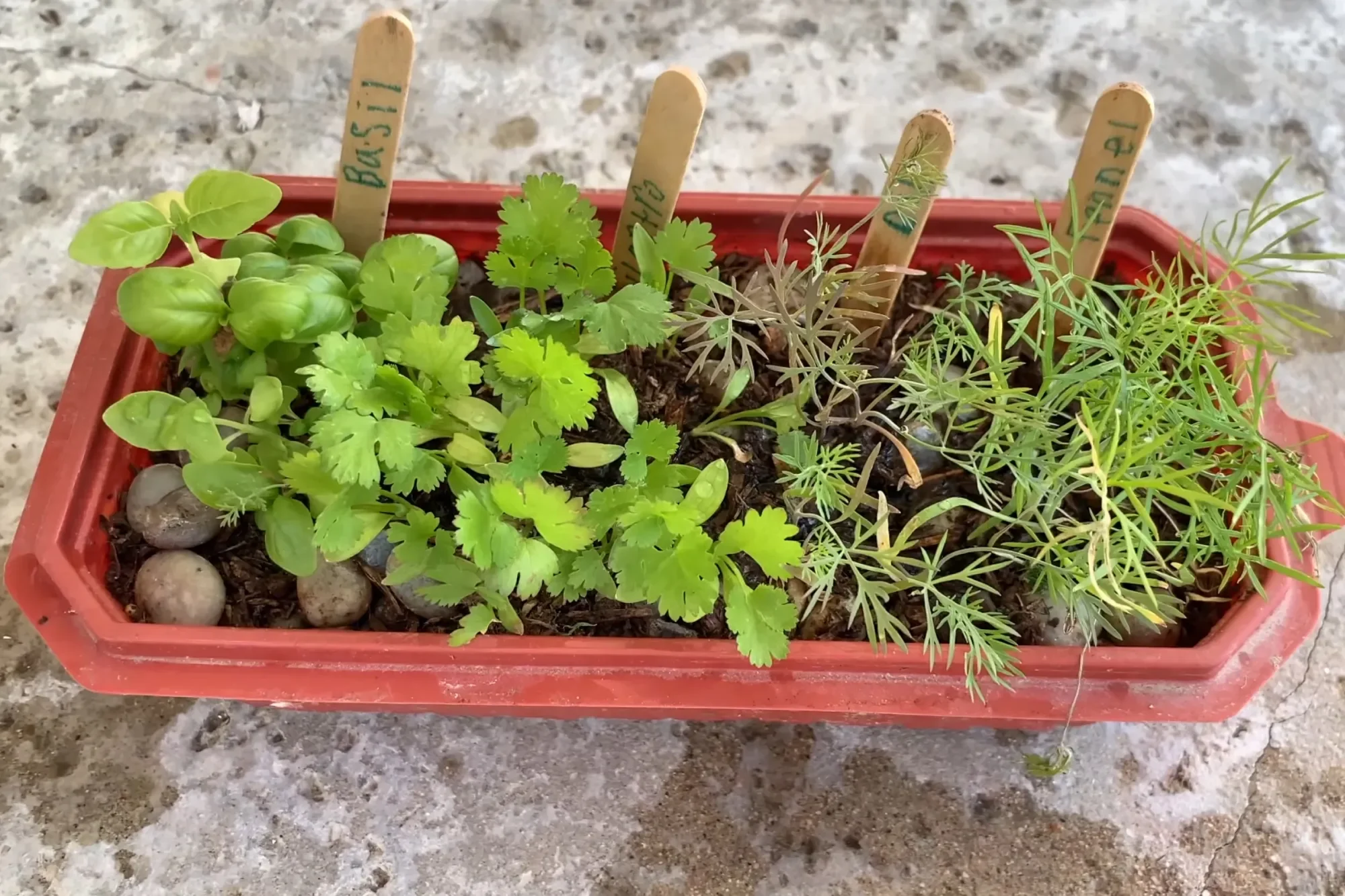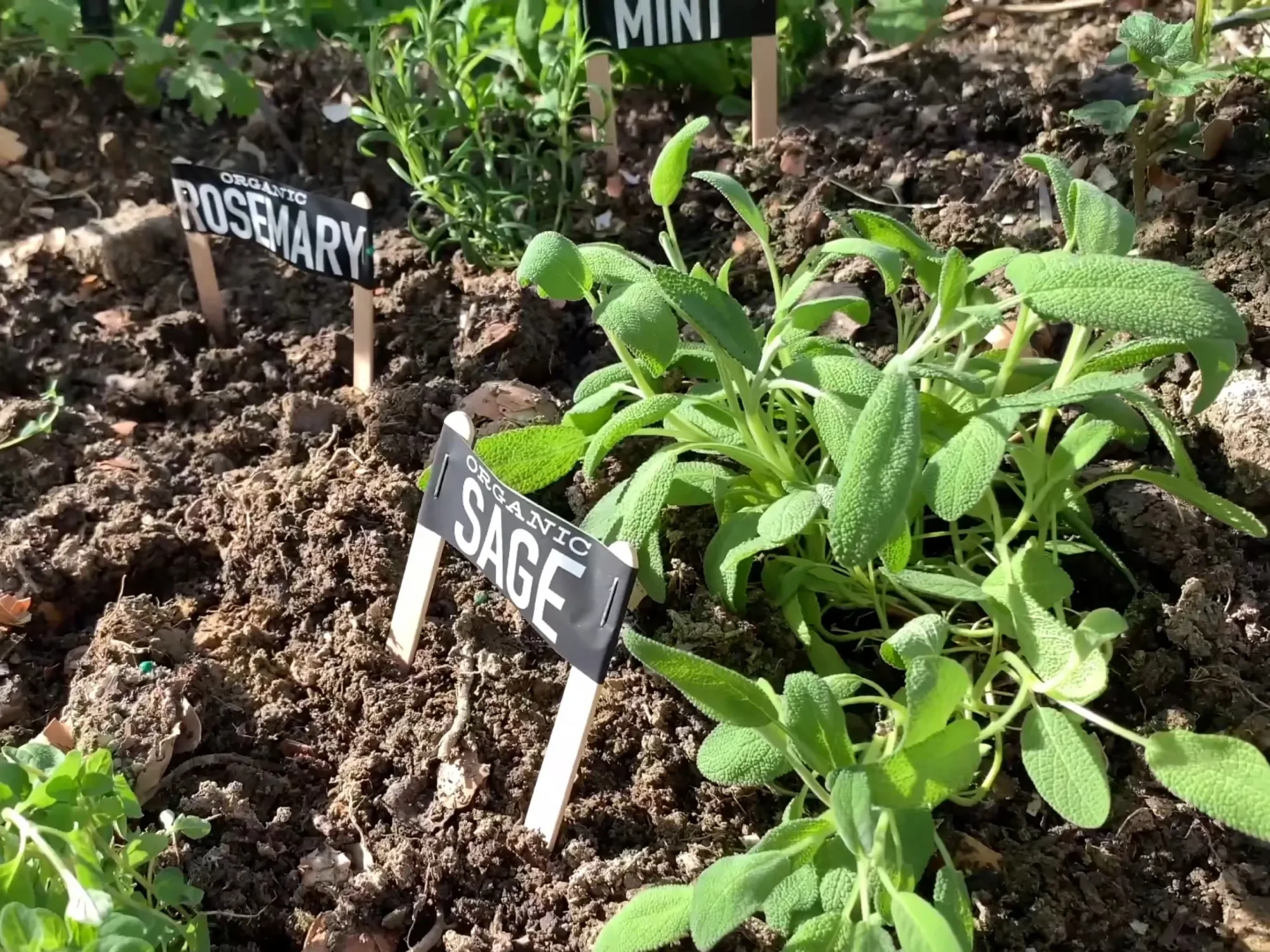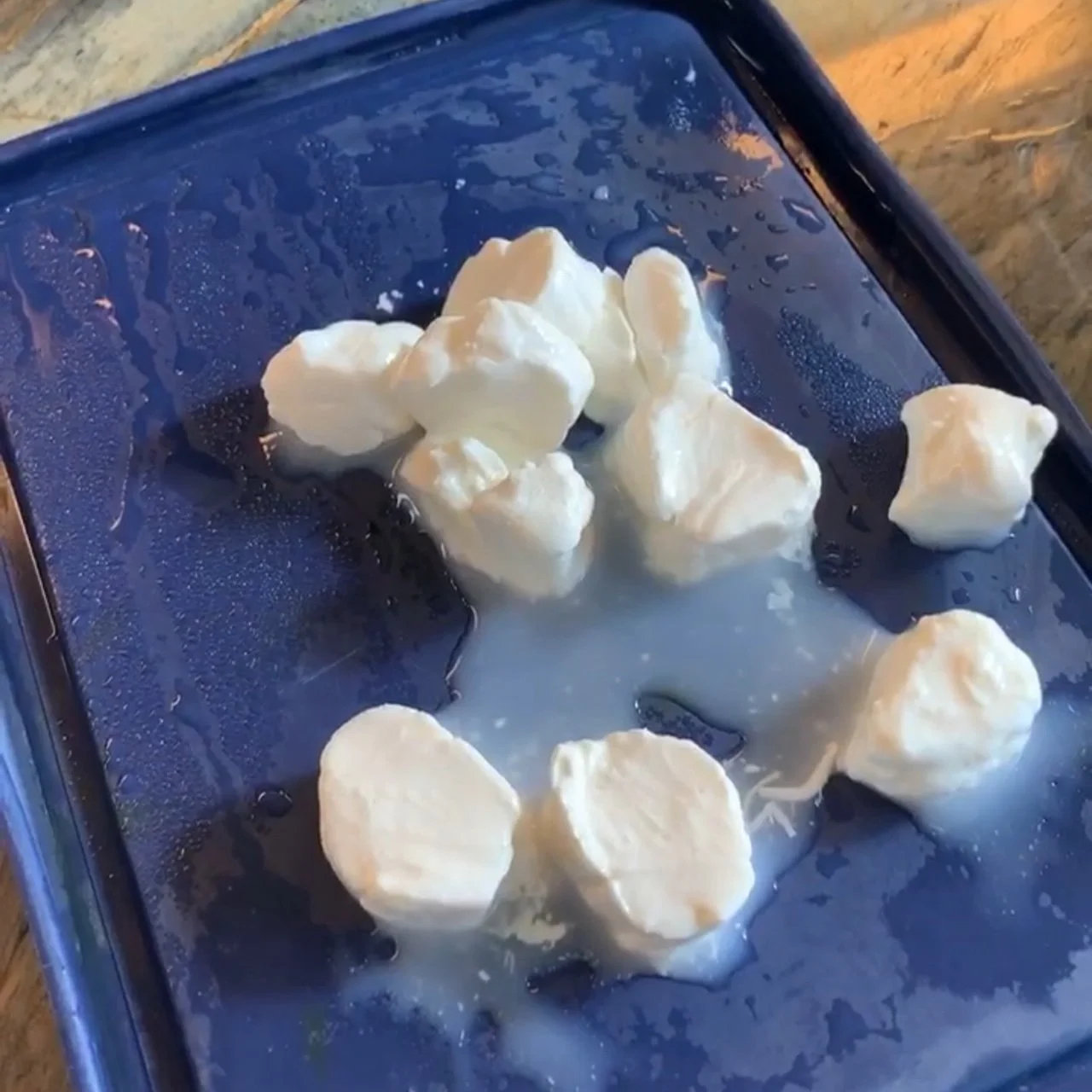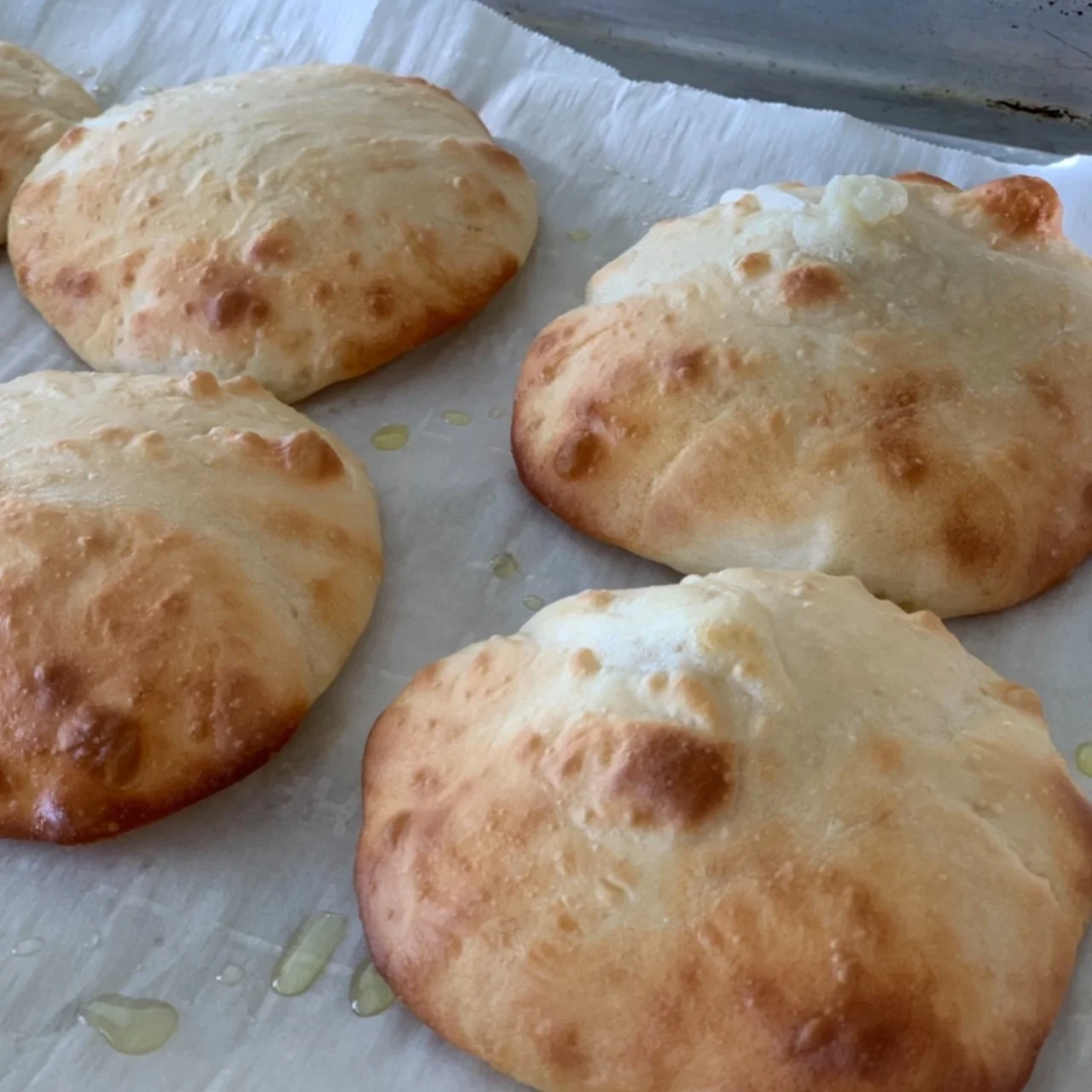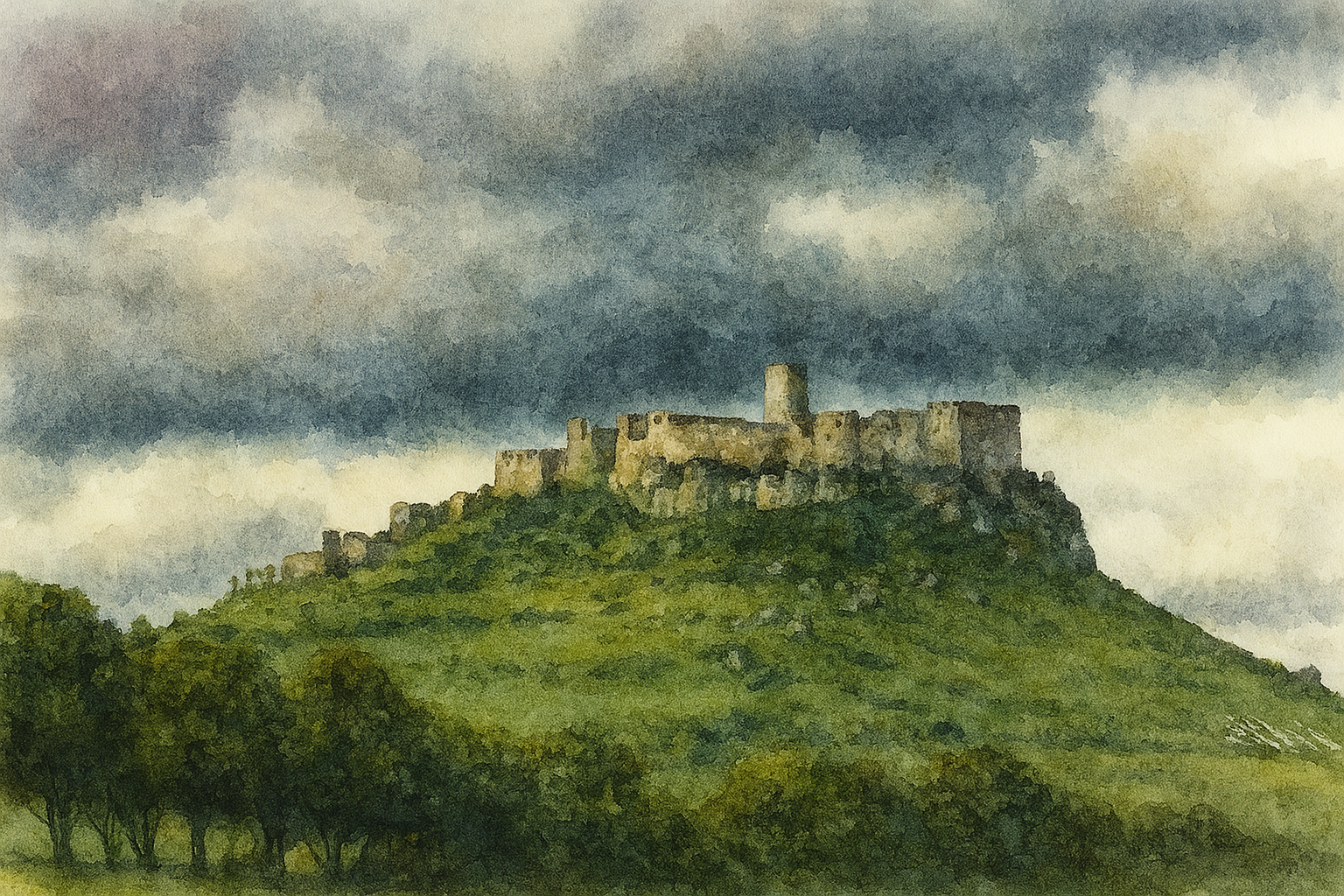
Medieval Europe | The Middle Ages
Middle Ages
When approaching the Middle Ages typically introduced in Grade 6 to children aged 11 to 12 years, I decided to include a world history approach rather than an Eurocentric focus.
While there is much about the Middle Ages that appeals to the early adolescent student who is longing for heroes, moral clarity and strong narratives rather than the dreamy imaginative stories they have enjoyed so far, other stories and histories from other parts of the world can support the child’s development and diversify the history block.
While there is a shift from the imaginative fantastical stories children have heard up until Grade 6, the Middle Ages with its knights, castles, and adventures deeply resonates with the student and appeals to them with excitement
With the fall of Rome, Europe was plunged into the “Dark Ages”. The collapse of civilization reverted Europe into a pseudo tribalistic society based on feudalism with lords, vassals, surfs, and eventually Kings and Queens.
As Europe picked itself up out of the rubble of the fallen Roman empire, the rise of the church with its monasteries, cathedrals and hierarchy, began to shape Medieval Europe. Knights and the code of honor, loyalty and service known as chivalry defined the epitome of social structure in Medieval Europe. Incidentally, that code of chivalry was established and insisted upon by women, a fact that may be overlooked in the study of the Middle Ages.
Through trade with the rest of the world, much of which was experiencing their Golden Age, religion, spices, ideas, fabrics, and inventions traveled along the Silk Road and Silk Route, slowly reviving Medieval Europe.
For this Main Lesson Block, we lightly touch on the crusades, the spread of Islam, the Byzantine Empire of the East, which was the last vestiges of the Roman Empire, and the Jewish communities in Europe and their contributions.
However, in depth study of the history in the rest of the world during the Middle Ages can be found in our other main lesson blocks of the Silk Road, the Khans Mongolia, Mansa Musa and West Africa, the Golden Age of Islam, the Travels of Ibn Battuta, and Zheng He and China.
Medieval Europe
-
Resources & Chalk Drawings
Want to know about the Middle Ages? You’ve come to the right place! I’ve collected a wide assortment of resources for this unit study on Medieval Times with a focus on Europe. While our Live Education Waldorf homeschool curriculum for grade 6 includes several lessons on this time period from other areas in the world, I’ve decided to split up this time period and focus this unit primarily on Europe followed by a unit I’m calling “The Silk Road” which will focus on other areas of the world.
-
Projects & Activities
Projects books and kits are a great way to include a hands-on approach to a main lesson block or unit study. The Middle Ages history block is rich with resources from books to kits. While some of the kits are no longer available, others may be. I find the materials in a kit to be top notch, but making your own projects from scratch is deeply satisfying.
-
Supporting Units
What was happening in the rest of the world during the Middle Ages? While Europe was experiencing its Dark Ages, Africa, Arabia, Asia and the Asian subcontinent were thriving. However, in depth study of the history in the rest of the world during the Middle Ages can be found in our other main lesson blocks of the Silk Road, the Khans Mongolia, Mansa Musa and West Africa, the Golden Age of Islam, the Travels of Ibn Battuta, and Zheng He and China.
Middle Ages Resources & Chalk Drawings
-

Homeschool Book & Curriculum Haul
What happens when you forgot you placed a homeschool supplies order? You're a little confused, but you get extra happy mail! And a unique book haul where I say often, "I can't remember this book!" We have three history units coming up: Middle Ages, Ancient Greece and Ancient Rome. Many of these books are for those units. Following the haul video, you can see how I put these units together and what projects we did for them.
-

Medieval Europe | The Middle Ages
Here you'll find nearly every resource we've used or plan to use while covering our Middle Ages unit. You can find details of the books and other resources we've used as well as the vendors I purchase material from on my website on the blog post that accompanies this video.
-

How to Draw a Medieval Castle & Mosque | Chalk Drawing
We're kicking off our Middle Ages main lesson block with a chalk drawing that will serve for our Middle Ages and Silk Road units.
-

How to Draw the Blue Mosque
Erasing the chalk drawing is never easy. It's hard for two reasons, one because I usually really like it and want to keep it up forever, and the other reason is the daunting pressure to create something new. The blank black chalkboard is not inspiring for me at all. It's rather stressful actually.
-

Preparing for a Middle Ages Unit
Next up is our Middle Ages Unit. We’re picking up where we left off from last year to finish off this unit before starting our much anticipated Silk Road Unit.
-
Medieval Castle Chalk Drawing
This chalk drawing was a late addition to our Middle Ages unit. The book that inspired this drawing is called If You Were Me and Lived in...the Middle Ages: An Introduction to Civilizations Throughout Time by Carole P. Roman.
Middles Ages Projects & Activities
-

Castle Puzzle
There's more than one way to build a castle, but in some cases, it's not the best way. I'll demonstrate what not to do when assembling this Melissa and Doug castle puzzle. Let me just tell you from now, keep everything together until you are ready for each piece! In an effort to help my 12-year-old, who was going to assemble this castle puzzle for us, my 8-year-old daughter and I carefully took each piece out.
-

How to Cook A Medieval Meal | Middle Ages
One of the most memorable homeschool memories my children have is when we head to the kitchen to do a historically inspired meal. In this case, we’re focused on the Middle Ages in Europe. We’re using the book Pelyn Delit Medieval Cookery for Modern Cooks by Constance B. Hieatt, Brenda Hosington and Sharon Butler.
-

Medieval Feast: Trenchers and Beef Stew
Did you know that during the Middle Ages, plates and forks weren't widely used? While spoons, knives and bowls were common, many people ate with their fingers on 'plates' made of stale bread called trenchers.
-
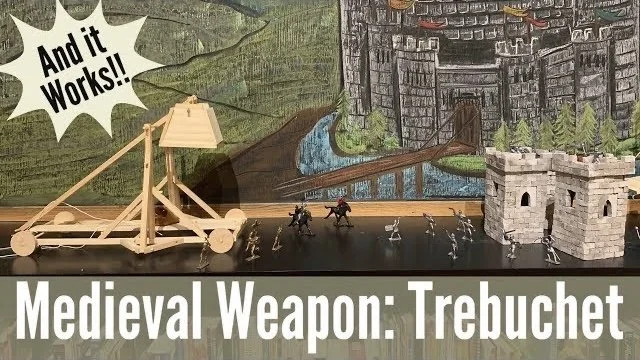
How to Make a Medieval Trebuchet
If you shy away from hands on projects, I totally understand. They take far more time than you expect, more often than not the children need help and if you do complete the project, you may be left wondering if it was even worth it!
-

Medieval Siege Engine
While we've done kits by Pathfinders before, this is the first time we've worked on the Medieval Siege Engine. As with the quality of all the kits we've used by Pathfinders, this one is filled with high quality and durable materials to construct a working, moving siege tower with catapult.
-

How To Grow A Medieval Herb Garden
We made this Medieval herb garden for the first time back in 2010. I kept the materials and used it again in 2014 when we returned to this unit and again 2018 when we circled back to that unit for the third time (my children are about four years apart so we tend to circle through our units every four years).
-

How to Make a Medieval Princess Hat
If you don't know by now, let me just tell you that around here, we like to take our projects up a notch. While this princess hat is super doable either as suggested in the book Days of Knights and Damsels an Activity Guide by Laurie Carlson, I think the modifications we made turn this otherwise disposable craft into a timeless keepsake.
-

How to Make a Floral Garland
We love the activity books by Laurie Carlson because the activities and projects are easy to do with materials you probably already have around the house. The book Days of Knights and Damsels an Activity Guide by Laurie Carlson has a simple floral garland project that we did using materials from a floral arrangement that got ruined when I washed it in the washing machine.
-

Swirly Princess Unicorn Hat Tutorial
I needle felted the wool from the tip of the hat and wrapped them in a swirling fashion all the way around the hat. I did cut my foam mat to make it work. I slipped the foam mat into the hat and needle felted from the top down.
-

DIY Medieval Crown
We turned a simple activity into a weeks long handwork project, but you don't have to! You can make these crowns during an afternoon with supplies you probably already have on hand like construction paper and embellishments.
-
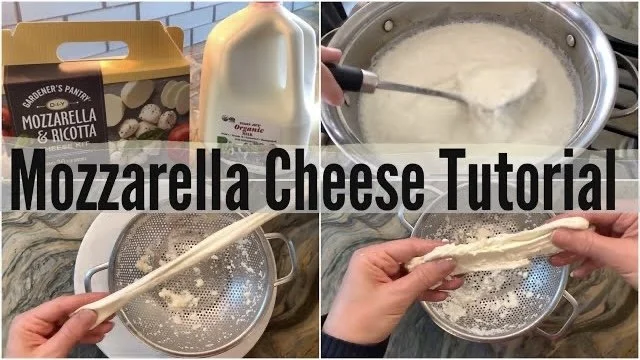
How to Make Mozzarella Cheese
Making homemade cheese and in particular mozzarella is a great learning experience for children and adults. Even though the process was fun and educational, there were times it was confusing and challenging.
-

How We Do Our Read Alouds | Middle Ages Live Lesson
The majority of our lessons contain a lot of reading aloud. While I do the majority of it, there are times when my 12-year-old son will do some of the reading aloud. During this part of the lesson, my children will usually be engaged in either handwork or quiet play.
-
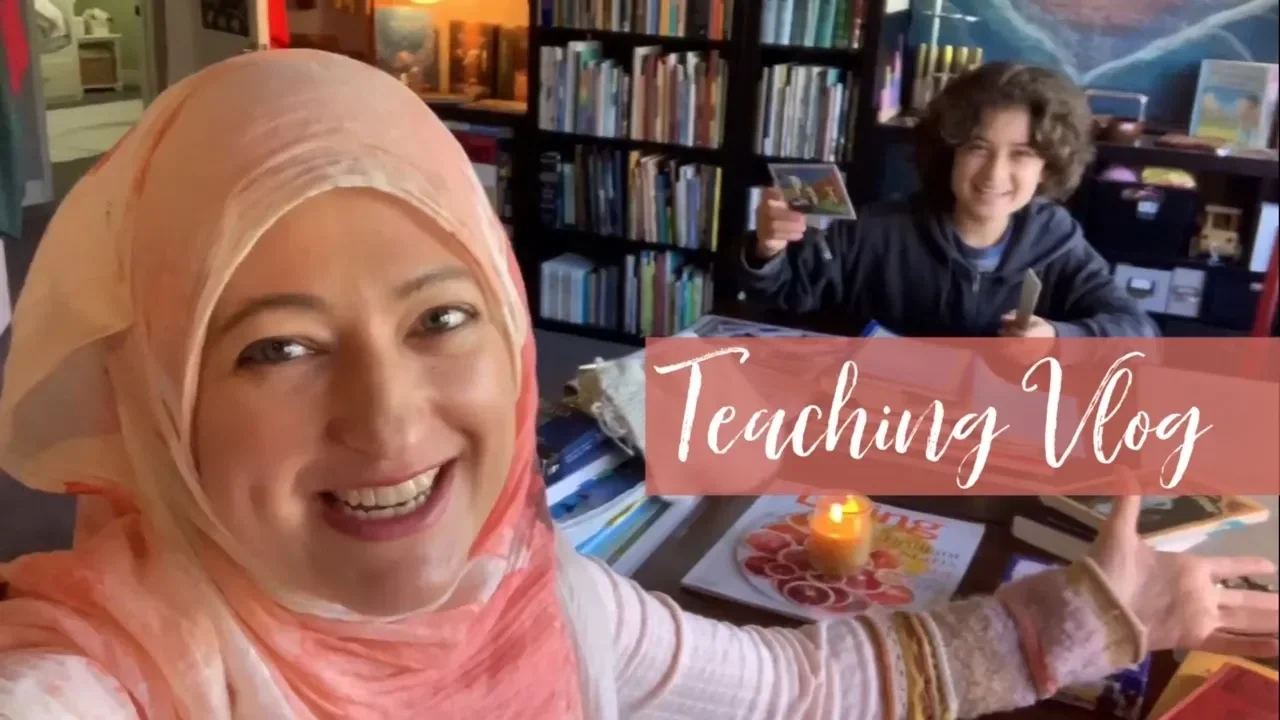
How We Do Our Homeschool Opening Activities | Middle Ages Unit Study
Sometimes our opening activities occur in the morning, but more often than not, they happen anytime throughout the day. And while I do wish we had more routine to our schedule, it is a good rhythm that has worked for us for several years now. We do aim to start at 8am, and we do aim to have lunch at 1pm, but after that, no two days are the same.

Resources & Chalk Drawings
Homeschool Book & Curriculum Haul
What happens when you forgot you placed a homeschool supplies order? You're a little confused, but you get extra happy mail! And a unique book haul where I say often, "I can't remember this book!"
We have three history units coming up: Middle Ages, Ancient Greece and Ancient Rome. Many of these books are for those units. Following the haul video, you can see how I put these units together and what projects we did for them.
When we do our history units, we have a mix of non-fiction and historical fiction as well as activity book and cook books (if possible!).
All these books were purchased from Rainbow Resource using educational funding from our charter school.
Why does the Plutarch book have a funny backstory? Well in 2017, Challice from Sodbuster Living came to visit me and together we recorded a video. She mentioned the difficulty in teaching Plutarch and I stared blank faced. I couldn't recall Plutarch at all. So here we are now, finding a book on Plutarch aimed for kids...and adults who seem to have forgotten those lessons from their own education ;)
Medieval Europe | The Middle Ages
Want to know about the Middle Ages? You’ve come to the right place! I’ve collected a wide assortment of resources for this unit study on Medieval Times with a focus on Europe. While our Live Education Waldorf homeschool curriculum for grade 6 includes several lessons on this time period from other areas in the world, I’ve decided to split up this time period and focus this unit primarily on Europe followed by a unit I’m calling “The Silk Road” which will focus on other areas of the world. And while I do use our Live Education curriculum as a resource, I don’t use it exclusively. And while I may supplement with some resources when doing a Main Lesson Block, it’s clear by the volume of resources this time around, that I have more than enough material for a massive unit. I’ll share the resources I love and the ones you can skip. I’ve included a number of kits and projects, as well as activity books and cookbooks into the mix because I believe that rounding out a unit with these materials not only makes the unit fun and memorable, but increases the educational value of the unit and the other resources. By far the most memorable lessons were the ones which involved food! For your family it may be the field trips or the stories or the projects. Whatever it is, know that these undervalued educational opportunities are usually the ones the children will remember longest and with fondness.
A lot goes into putting together a unit study, so I want to break down my process so you can get a better idea. I know at first it can be overwhelming, especially since I’ve listed so many topic areas, so chose the ones that resonate with you the most.
When putting together a history unit, I look for books/resources in the following topic areas:
History (famous people, timeline history, historical events)- this will serve as your history resource. You can either read from the book or prepare lessons. Often our Live-Education Waldorf curriculum serves this purpose.
Biographies (picture books work great for biographies)-Once your unit is on its way, you may learn of different historical figures who made a difference (good or bad) and you may want to explore and learn more about that person. Biographies in the form of picture books are ideal for all ages. In my experience, I find them to be well written, informative, engaging and not overly heavy. If you want to assign a book to your child, you can also find biographies at all reading levels.
Geography (a single atlas book does fine)-I have yet to find an atlas I love or a set of maps I like, but I know having something printed will help the student visualize what’s going on. I find this useful starting from about 4th grade on.
Historical fiction (a great way to get your history/culture in a fun book)-Historical fiction is a great way to learn about history in a story format. While not all historical fiction are good or accurate, I feel adding them into your unit will help solidify historical events and give context to the greater historical period. These types of books do a wonderful job setting the stage of a time period. You can learn a lot about the culture, people, geography and customs in historical fictions.
Culture/food/clothing (cook up a dish from the time period, sew a garment)-By far the best most memorable lessons are in the kitchen. While I’m not always historically accurate with our meals, it’s the spirit of the lesson which I’m looking for.
Audio books/songs (music from the time period is fun to listen to)-You may find that you don’t have time to read all these awesome resources. That’s okay! Use audiobooks and other audio resources when you can’t, don’t have time or aren’t prepared!
Projects/Activities (pre-made kits are a go-to staple around here)-One of things I’m most grateful for these days in the education world is the volume of pre-made activity kits. They are fantastic! Practically every unit we do has at least one hands-on project. I know it’s challenging to make time and space for projects, so rather than collect the materials yourself and DIY the project yourself, try sourcing pre-made kits. While I’m a big DIYer, I do really appreciate a good kit. You can also try kit subscription services like Kiwi Crate, too.
Games (Professor Noggins are our favorite)-I love games. I couldn’t wait till my children were old enough to play board games with me. While we started with Monopoly, Chess, Scrabble and card games when they were young, we upped our game as they got older. I can’t say how much I love the Professor Noggins games. They are trivia based card games that are simple to play. They are a great opening activity to start off your day.
Workbooks (use sparingly or skip and do narrations)-While we don’t use workbooks often in our homeschool, there are so many wonderfully written workbooks that can supplement a unit. I don’t have any strong recommendations, but I only suggest you use them sparingly.
Picture books (surprisingly informative & fun)-By far the most undervalued of the resources in my opinion. I find picture books to be of tremendous value because I usually find them well written, informative and are accompanied by illustrations. I also feel all ages benefit from a good picture book. While you still have young students in your homeschool, be sure to add these in because your older students will love them, but may not ask for them.
Activity and project books (Lauri Carlson has several)-While there are many activity books, I do love the ones by Lauri Carlson best. They are simple, easy and make use of material you probably already have around the house!
Science/math (adding other subjects rounds out your unit)-Often but not always, you may be able to find math and science books related to a time period. Snatch those up and use them! It’ll be a great way to round out your unit.
Two more things I use for lesson planning are full back Post-its sticky pads and a pencil. I write notes about each book/resource on the sticky pad and stick it on the front cover of the book for easy lesson planning. This helps the next time I do a unit since I may not use all the same materials.
When starting out our unit, I often set up our material in an inviting way on a shelf or on top of a short bookcase. I also tend to do at least one chalk drawing per unit, and often I do more. For this unit, I did a chalk drawing I hope to keep for our Middle Ages unit as well as our Silk Road unit.
Resource Guide
The following is a fairly complete list of the materials we have right now. You can find tutorials for the activities we did for this unit. On occasional, you’ll see a tutorial video on how we completed the project and how we used the resource.
The majority of our lessons contain a lot of reading aloud. While I do the majority of it, there are times when my 12-year-old son will do some of the reading aloud. During this part of the lesson, my children will usually be engaged in either handwork or quiet play. Sometimes I wonder if they are actually listening, but they are! Some students listen and retain better when their hands are busy. Other students concentrate better if they can move a bit while listening. Trust your intuition and your knowledge about your children before insisting they sit and look at you while you read. If you are orally narrating or simply conversing with your children or delivering a lesson (but not reading it out of a book), then eye contact is preferable in my opinion. But it’s your homeschool! Do what works for you.
Sometimes our opening activities occur in the morning, but more often than not, they happen anytime throughout the day. And while I do wish we had more routine to our schedule, it is a good rhythm that has worked for us for several years now. We do aim to start at 8am, and we do aim to have lunch at 1pm, but after that, no two days are the same. Ideally, we’d start at 8am with some independent work or free play for the little ones, and move on to our main lesson at 9am. Ideally, we’d reserve the time after lunch for our handwork or hands-on projects and outings.
Today, I’m sharing what it looks like to do our opening activities for our main lesson. We are in the middle of our Middle Ages main lesson block and we are using the Professor Noggin’s Medieval Times Card Game to get us started on today’s lessons. We can’t do this game often because we play all the cards and it takes about 30 minutes. I found for this unit, it worked especially well about midway through our unit so we could draw on information we’d already learned.
You’ll probably notice I really get into playing games with my children. If you’re the same, you’ll probably like the same games we do, if you don’t care for games, that’s ok! There are plenty other opening activities you can do. Just find one that’s right for you.
-

Manners and Customs in the Middle Ages
-

Medieval Medicine and the Plague
-
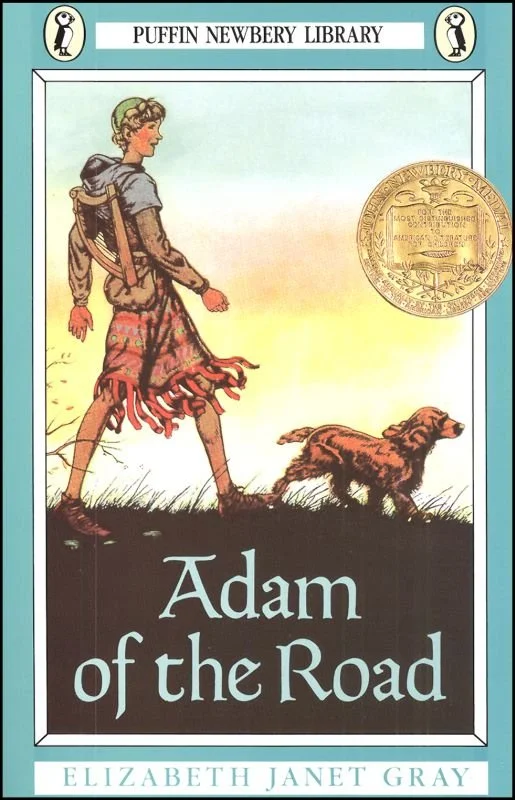
Adam of the Road
-

Live Education Waldorf Curriculum Grade 6
-

Pleyn Delit: Medieval Cookery for Modern Cooks
-

Medieval Projects You Can Do!
-

Medieval Myths, Legends, and Songs
-

Melissa and Doug Castle
Sadly, this product is no longer available.
-

Trebuchet
-

Medieval Law and Punishment
-

Famous People of the Middle Ages
-

The Canterbury Tales by Geoffrey Chaucer
-

Siege Tower
-
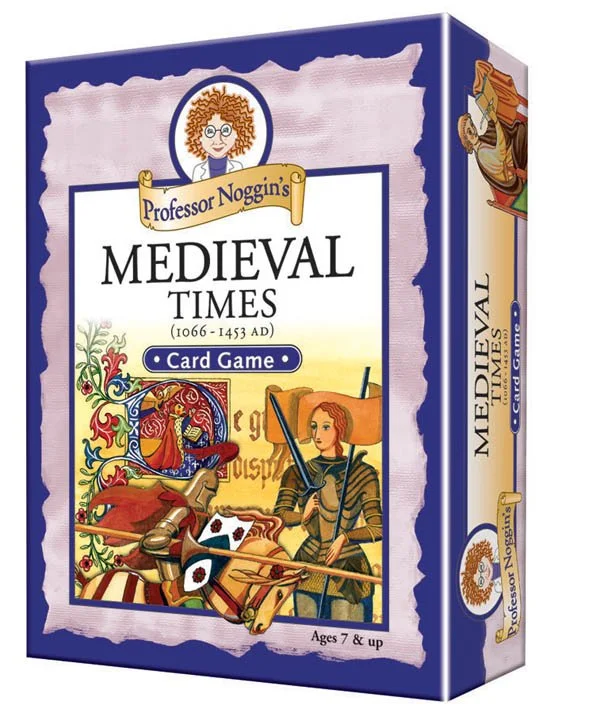
Prof Noggin's Medieval Times Card Game
-

Famous Figures of Medieval Times: Movable Paper Figures to Cut, Color, and Assemble
-

Arts & Literature in the Middle Ages
-

Encyclopedia of World History
-

Science and Technology in the Middle Ages
-

Crispin: The Cross of Lead
-

Fine Print: A Story About Johann Gutenberg
-

You Wouldn't Want to Work on a Medieval Cathedral!
-

Days of Knights and Damsels: An Activity Guide
-
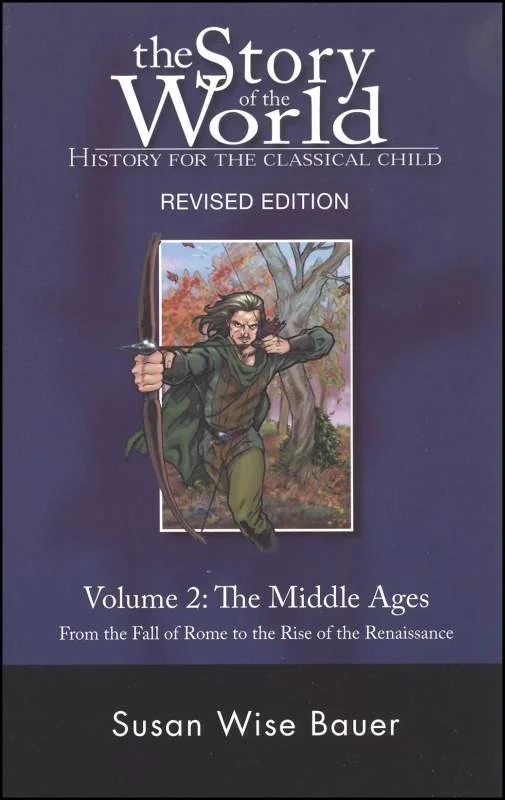
Story of the World Volume 2
-

You Wouldn't Want to Be Joan of Arc!
-

Medieval History Go Fish Game with History Book
-

Food and Feasts in the Middle Ages
-

Clothing in the Middle Ages
-

Women and Girls in the Middle Ages
-

Places of Worship in the Middle Ages
-

Medieval Towns, Trade and Travel
-

Medieval Society
-

Medieval Warfare
-

Life on a Medieval Manor
-

Life of a Knight
-

Life in a Castle
-

Children and Games in the Middle Ages
-

Castle / Macaulay
-

You Wouldn't Want to Be in a Medieval Dungeon!
-

You Wouldn't Want to be a Medieval Knight!
-

Classical Education Timeline Set
-

Castle Diary: The Journal of Tobias Burgess
-
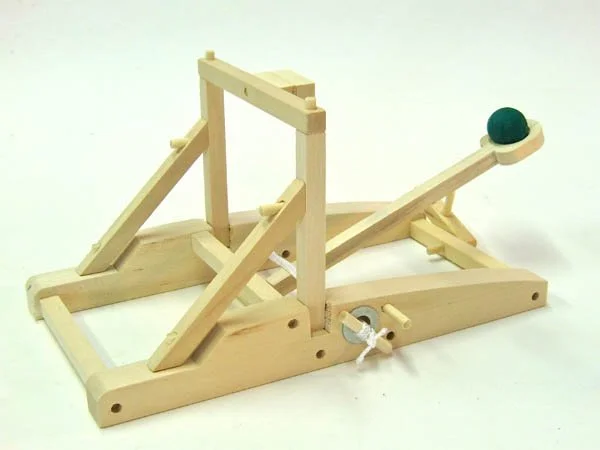
Catapult
-

You Wouldn't Want to Be a Crusader
-

The History of the Kings of Britain
-

Knights & Dragons Toob
-

Design Your Own Coat of Arms
-

Twelve Bright Trumpets
-
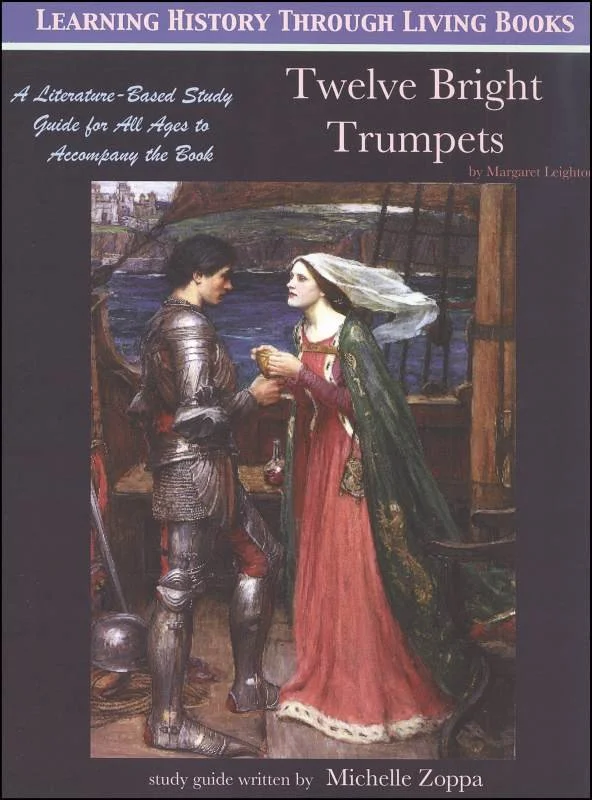
Twelve Bright Trumpets Study Guide
Twelve Bright Trumpets Study Guide
This guide is no longer available.
-

Growing a Medieval Garden: Medieval Herber
Growing a Medieval Garden: Medieval Herber
This kit is no longer available.
-

Build a Medieval Castle
Build a Medieval Castle, sadly this kit is no longer available.
-
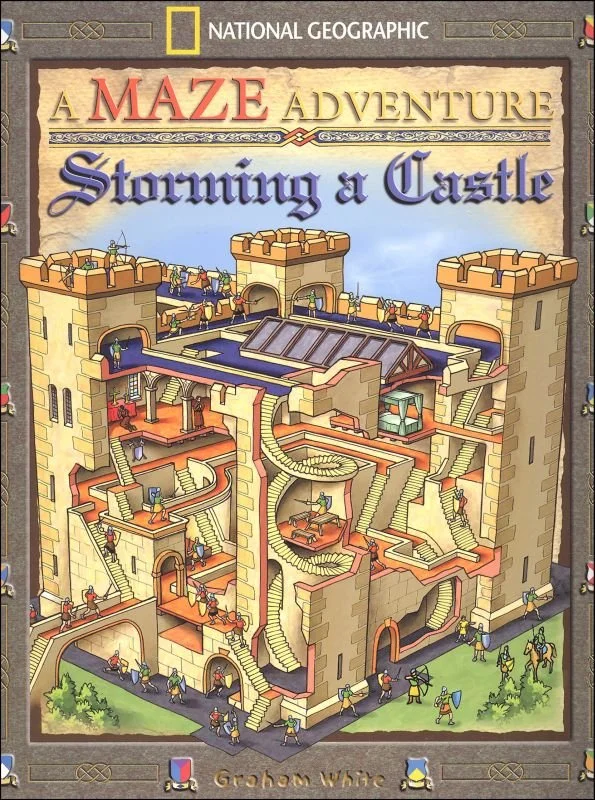
Storming A Castle: National Geographic Maze Adventures
-

Medieval Letter Set
Medieval Letter Set, sadly this set is no longer available.
-

Medieval World: An Illustrated Atlas
-

Great and Terrible Quest
-

-
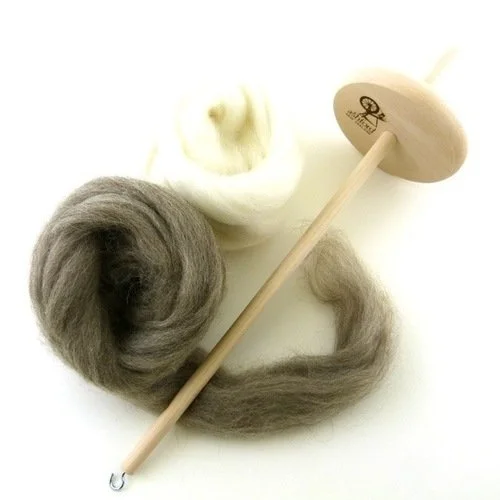
Beginner's Spinning Set
-

PegLoom Tapestry Weaving Kit
-

Earthues Natural Dye Starter Kit - Indigo
-

Earthues Natural Dye Starter Kit - Botanical
-

Classic Cotton Muslin
-

Undyed Wool
-

-

Natural Undyed Yarn
-

Marbling Set
-

Cross-sections Castle:
-
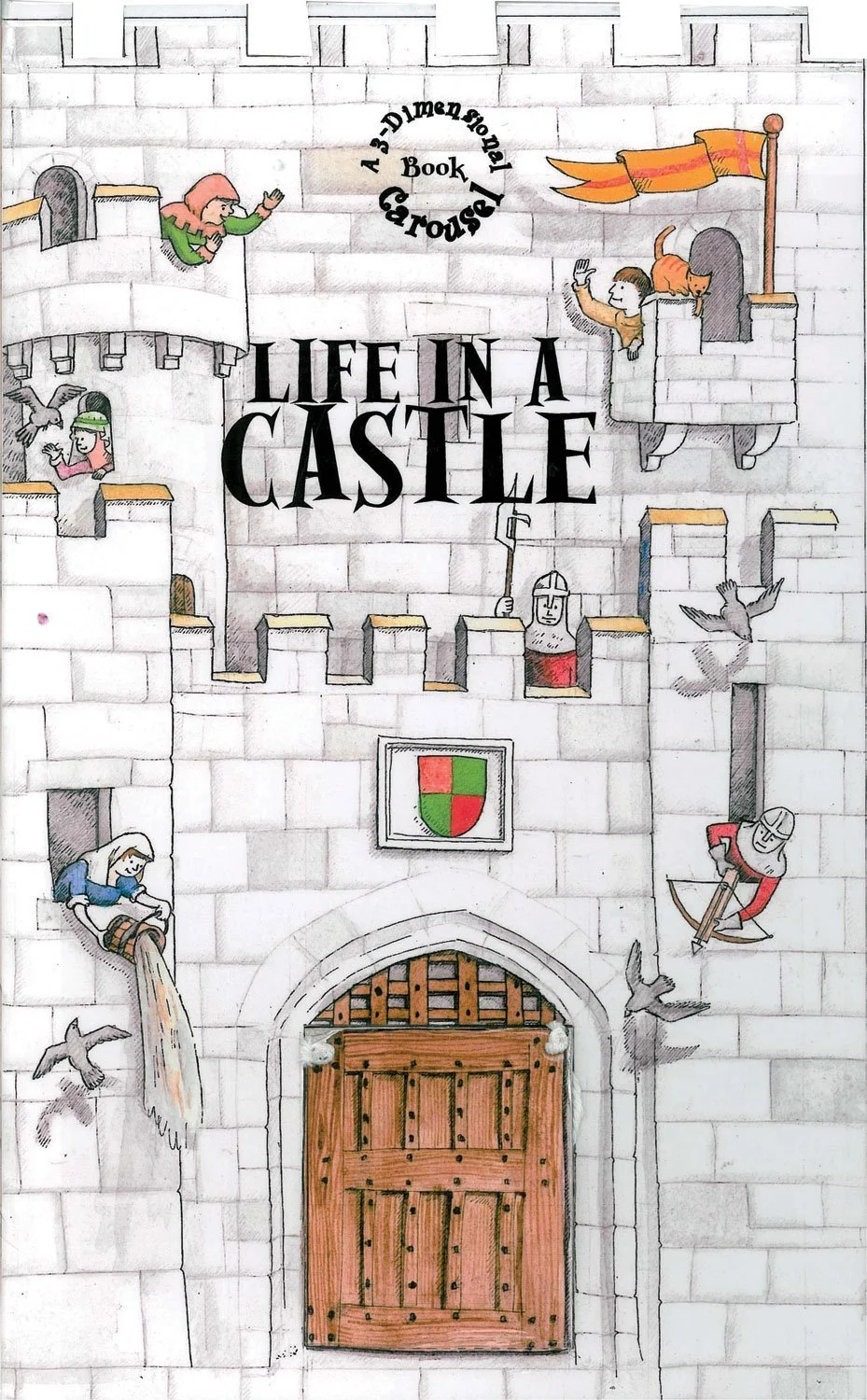
Life in a Castle
-

Marguerite Makes a Book
-

Thérèse Makes a Tapestry
-

The Crafts And Culture of a Medieval Guild
-

World History Medieval to Early Modern Times
-

Castle: Medieval Days and Knights
-

Fire, Bed, and Bone
-

Matilda Bone
-
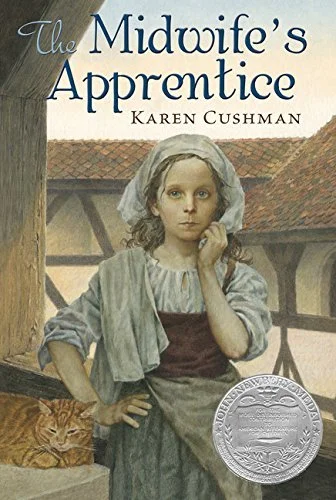
The Midwife's Apprentice
-

The Waldorf Book of Poetry
-

Ten Days Across Europe
How to Draw a Medieval Castle & Mosque
I’m drawing on my 4’x6′ slate chalkboard which I painted with chalkboard paint in 2017 when the slate had smoothed out and wouldn’t hold chalk well. I’m also using my Sargent Art Square Chalk Pastels I got from Blick.
For artistic and educational inspiration, I’m using the Live Education Waldorf homeschool curriculum for grade 6, the Middle Ages main lesson book. Art inspiration for the mosque came from an online search. I made pencil sketches first, but that sort of proved useless as I didn’t refer to them.
This chalk drawing took 75 minutes to complete not including the time it took to make touch ups (maybe 20 minutes).
Originally, I drew the Blue Mosque in Turkey as inspiration for this unit as well as for Ramadan 2018, but I ended up erasing it in the fall to make room for a new drawing. You can still check out that video here in case that chalk drawing suits your unit better.
How to Draw the Blue Mosque
Erasing the chalk drawing is never easy. It’s hard for two reasons, one because I usually really like it and want to keep it up forever, and the other reason is the daunting pressure to create something new. The blank black chalkboard is not inspiring for me at all. It’s rather stressful actually. I know the finished artwork contradicts my non-artistic abilities, but I think when you see the several attempts I go through, you’ll have a better understanding of how challenging artwork actually is for me. So since it’s challenging for me, I’d like to offer a few tips.
Tip 1: Copy. Don’t worry about coming up with something you imagine. Even artists copy something, be it a live scene, a photographs or something else.
Tip 2: Copy in the same medium as you are using. This isn’t always feasible, but I find it more challenging to copy from a photograph.
Tip 3: Try. You won’t know if you don’t try it. You may not even know your own abilities or talents. It certainly takes practice, but you might surprise yourself.
EDIT: I drew the Blue Mosque, but called Hagia Sophia. I confused the two thinking they were the same. I’ll decide what to do later when I get to our Middle Ages and Silk Road unit. Here’s what I originally wrote for this post:
I chose to draw the Hagia Sophia for a few reasons. I wanted a scene that would work for our Ramadan lessons and provide a beautiful backdrop to our homeschool during this time, but also something that could transition into our Middle Ages and Silk Road unit that’s coming up in the following school year. The Hagia Sophia has a long history. It was a cathedral for most of its history, but when the Muslims conquered Constantinople, the city was renamed Istanbul and the cathedral was converted into a mosque. The chalk drawing on the right will be erased to make room for a Medieval castle or something related to the Silk Road, while the Hagia Sophia will remain, at least that’s the plan.
You can check out the Botany Chalk Drawing I had to erase to draw Hagia Sophia.
I searched online for images to copy, and after a few attempts, I referred to a few books in our personal library. The Mosque of Cordoba Told to Children, 16th Century Mosque and Golden Dome, Silver Lantern came in handy, but I ended up finding inspiration for this drawing from a drawing I found online. You can see more artwork from this artist, Candace Roserardon, here:
Here’s the tutorial on how I painted our slate chalkboard.
Preparing For a Middle Ages Unit
Next up is our Middle Ages Unit. We’re picking up where we left off from last year to finish off this unit before starting our much anticipated Silk Road Unit.
Pictured here are the remaining books we want to read as well as some games and audio CDs. The pile of projects we have yet to complete is in a basket on the floor. It’s overflowing with handwork projects and kits we didn’t get through last year. We still managed to cover a significant amount, and you can see what we’ve accomplished so far by checking out the Middle Ages playlist I have on my YouTube channel.
Medieval Castle Chalk Drawing
This chalk drawing was a late addition to our Middle Ages unit. The book that inspired this drawing is called If You Were Me and Lived in…the Middle Ages: An Introduction to Civilizations Throughout Time by Carole P. Roman. Even though we’ve officially moved on from our Middle Ages unit to study other parts of the world, we continue to do projects and read books. The book that inspired this chalk drawing is a new book for us and was purchased after we began another unit, our Silk Road and China unit. During that unit, I found a book by the same author about China, If You Were Me and Lived in…Ancient China: The Han Dynasty.
Initially, it wasn’t what I expected. The illustrations were blurry and it was text heavy…but as soon as we read the book, both my 10-year-old daughter and I fell in love with the book. The illustrations grew on us and the story was engaging and from the point of view from a child which I found especially clever. My daughter if there were anymore and soon I was searching for all the books in the series. There are many, yet the China book remains her favorite. For this chalk drawing, I used my Sargent Art Square Chalk Pastels and a blackboard available from Paper, Scissors Stone at Waldorf Supplies. While the size and brand is no longer available, they carry other suitable and truly superior options. Sizes vary so be sure you choose the size the will suit your needs.

Projects & Activities
Castle Puzzle
There’s more than one way to build a castle, but in some cases, it’s not the best way. I’ll demonstrate what not to do when assembling this Melissa and Doug castle puzzle. Let me just tell you from now, keep everything together until you are ready for each piece! In an effort to help my 12-year-old, who was going to assemble this castle puzzle for us, my 8-year-old daughter and I carefully took each piece out. What a disaster! While each piece is numbered so you know which piece to assemble it with, each piece also is numbered 1-80 on the board it comes in. So when looking at the directions, and it says take piece 12 and insert it into piece 57, you have to look at the board for those numbers to see which pieces they are. So there we were, searching and searching for each piece before we could actually assemble it. It probably increased our time by 25%.
The whole project took about 2 hours to complete and while a child about 10 years and up could assemble this pretty much on his or her own, the castle is designed more for a 4-8 year old. So if you purchase this for your young child, know that you may need to assist in assembling the castle. Something else to consider is the durability of this completed castle. The pieces are made of foam, and if you’re not careful, they can become bent during assembly. Moreover, the final castle is easy to damage. If your children play with toys like mine do, it’s usually on the floor with sprawling imaginative play scenes. It’s easy to accidentally tread over this fragile castle and destroy it completely. If your children are especially young this might not be the right castle for them as the pieces are easily bent and broken. This is won’t be suitable for a toddler. Here’s the tutorial on how we assembled this puzzle castle.
How to Cook A Medieval Meal | Middle Ages
One of the most memorable homeschool memories my children have is when we head to the kitchen to do a historically inspired meal. In this case, we’re focused on the Middle Ages in Europe. We’re using the book Pelyn Delit Medieval Cookery for Modern Cooks by Constance B. Hieatt, Brenda Hosington and Sharon Butler.
We do all kinds of hands on projects and activities for our Middle Ages unit. You can see the complete playlist of videos.
While we took liberties in making our Medieval Feast, you can find the complete recipes in these excerpts from the book Pleyn Delit Medieval Cookery for Modern Cooks.
Medieval Feast | Trenchers and Beef Stew
Pleyn Delit: Medieval Cookery for Modern Cooks
While we didn’t follow the recipes exactly, we did find this book to be a great resource for authentic yet modern version of Middle Ages recipes. You can find blog posts for the Medieval Feast and the Trenchers we made. You can also see videos of the Gilded Chicken and Beef Stew with Trenchers. We had fun with this book, but unless you plan to use it more thoroughly, or you are a history and cooking enthusiast, I wouldn’t recommend adding this book to your home library.
For this recipe, we used the book Pleyn Delit as inspiration. We made some modifications to the recipe like omitting wine and replacing currants with raisins. We also opted to use a multigrain pancake recipe to make the bread rather than buy various flours that would have been available in the middle ages like wheat, rye and barley. While the pancake mix included baking powder, we chose to add yeast to the dough so it would rise and taste like fresh baked bread. If you have a sourdough starter, that would be a more authentic choice.
How to Make a Medieval Trebuchet
If you shy away from hands on projects, I totally understand. They take far more time than you expect, more often than not the children need help and if you do complete the project, you may be left wondering if it was even worth it! Well let me tell you that this kit is awesome!! Not only does it actually work, the educational value surpasses many of the kits we’ve done in the past. Check out the video tutorial, and see for yourself! Then you can check out this short video of my son testing out trebuchet multiple times by adjusting the weights, counterweights and distance.
Medieval Siege Engine
While we’ve done kits by Pathfinders before, this is the first time we’ve worked on the Medieval Siege Engine. As with the quality of all the kits we’ve used by Pathfinders, this one is filled with high quality and durable materials to construct a working, moving siege tower with catapult. And the best part? It actually works! We used it to launch rocks and other projectiles on our plaster castle we built several years ago. And, it actually broke pieces of the crenels on our castle towers. Everything you need comes in the kit except markers to decorate the flags, tape to keep your project in place while it dries and extra glue if needed. We did end up needing more glue to complete this project. You can check out a short video clip of my 12-year-old son testing out our Medieval weapons by checking out the the blog post to this video.
How To Grow A Medieval Herb Garden
We made this Medieval herb garden for the first time back in 2010. I kept the materials and used it again in 2014 when we returned to this unit and again 2018 when we circled back to that unit for the third time (my children are about four years apart so we tend to circle through our units every four years). Now in 2021, and still working through that unit which took on a new path, this kit is literally falling apart. We got new soil, rocks and herbs and made another herb garden. I also got some herbs from a local hardware store and nursery to add to our garden which did very well and continue to provide herbs for cooking and visual enjoyment. We dip into our herb garden now and again when making recipes from our varied cookbooks which cover many regions and time periods.
How to Make a Medieval Princess Hat
If you don't know by now, let me just tell you that around here, we like to take our projects up a notch. While this princess hat is super doable either as suggested in the book Days of Knights and Damsels an Activity Guide by Laurie Carlson, I think the modifications we made turn this otherwise disposable craft into a timeless keepsake. With just some construction paper and markers, you can make a simple princess hat. The directions in the book are easy to follow and with a bit of assistance, young children can complete this task on their own. If you wish to make this project out of a more durable material, I suggest using felt and stitching the hat together. You can stay on budget by using acrylic felt and polyester ribbon from our local craft store, or you can take this project to a whole other level and use 100% Merino wool felt, 100% wool top and 100% silk ribbon for the tassel.
For links to this book as well as all the materials we used, check out this blog post Everything You Need to Know About the Middle Ages.
This princess hat would looks great paired with a cloak. Here's a simple tutorial on how to make a cloak with hood.
The book used for this project was purchased from Rainbow Resource.
The handwork material for this project was purchased from A Child’s Dream.
-

Step 1
Tape two pieces of construction paper together to get a piece that’s about 18″x24″.
-

Step 2
Measure and draw two lines that are 90 degrees apart and 12″ long. Connect the two lines in an arc that measures about 23″.
-
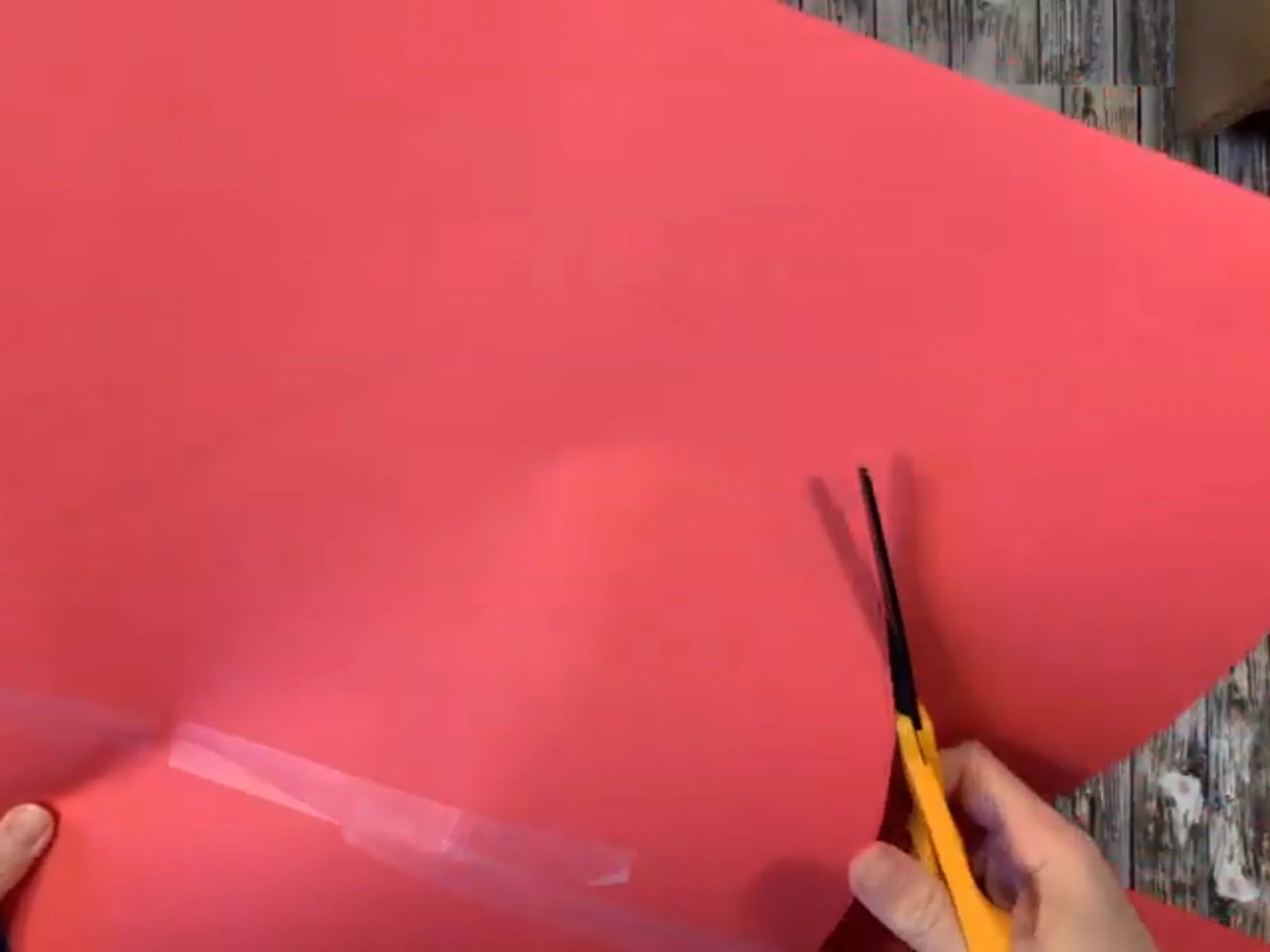
Step 3
Cut your template. You may use this for the hat or use it as a template to cut this shape out of fabric.
-
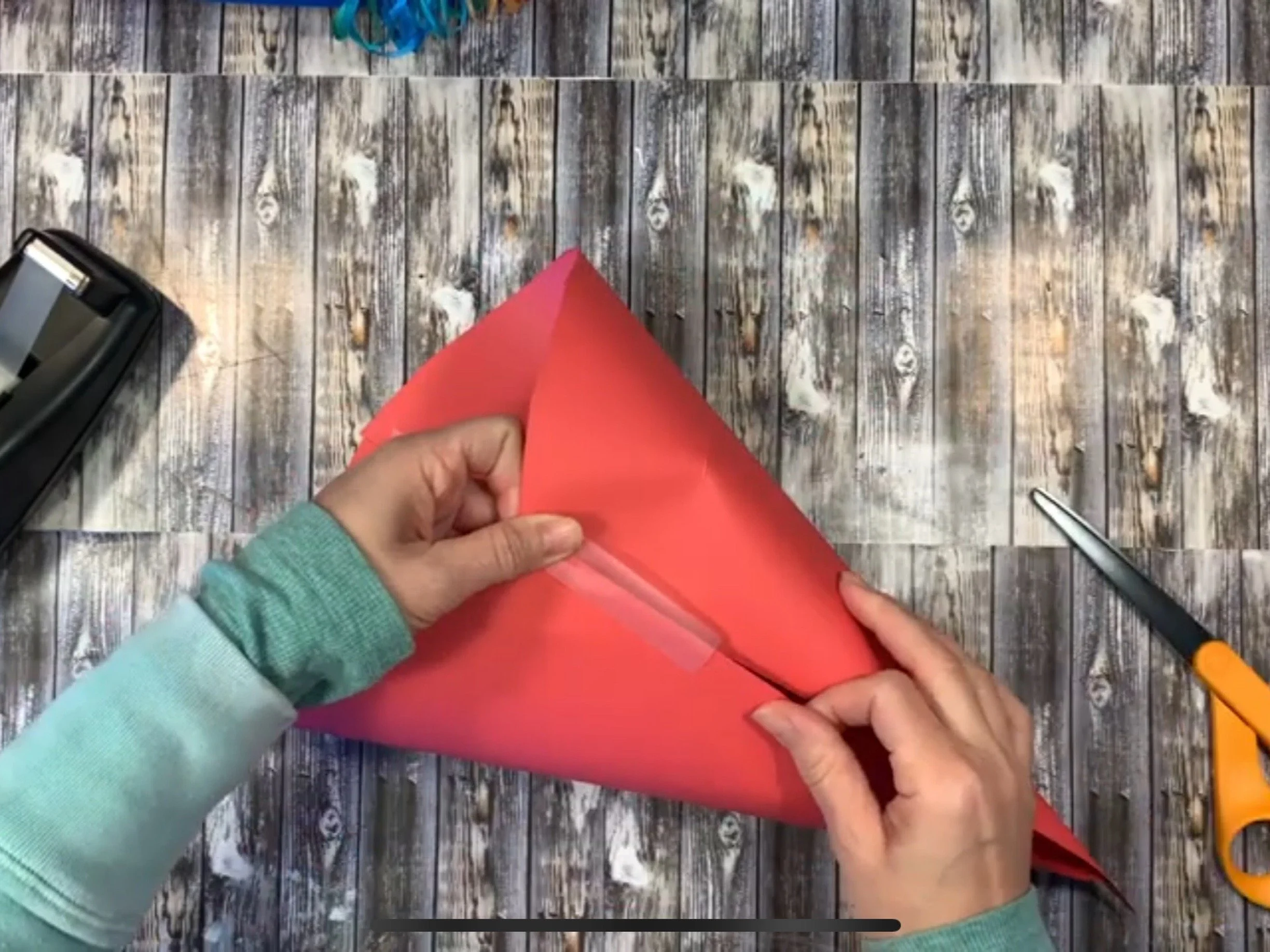
Step 4
Tape your template together and trim the circumference if needed. You can stop here and decorate it.
-

Step 5
Cut open your template and trace on your felt with a pencil or chalk pencil.
-

Step 6
Cut the felt along the pencil line.
-

Step 7
Needle felt the wool top along the arc of the felt. You can choose the width.
-
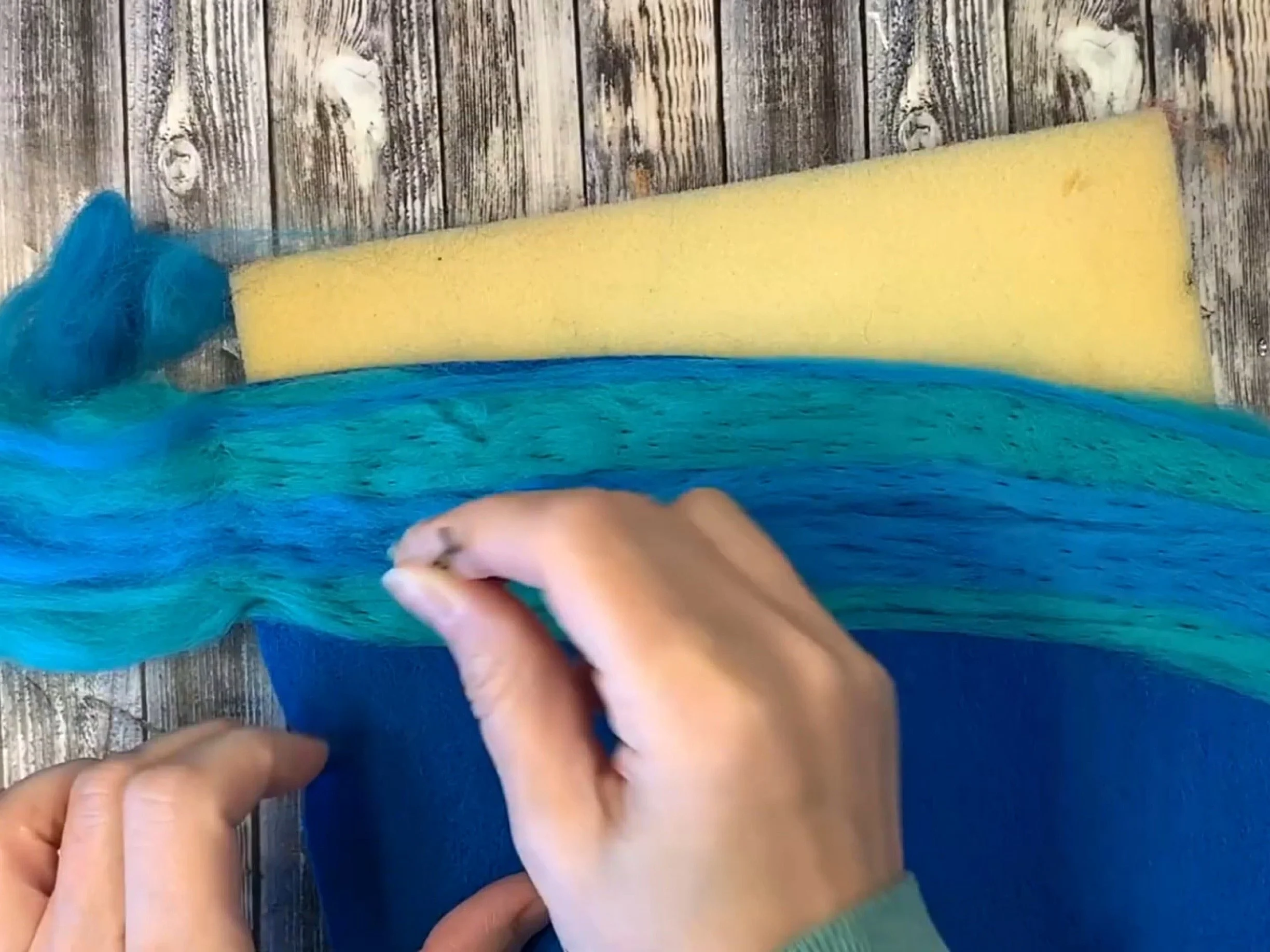
Step 8
Continue felting all the way around.
-

Step 9
Add tassels to the pointy end of the hat.
-

Step 10
Sew the tassels with needle and thread. Try to sew it at the very tip top.
-

Step 11
Use a loop stitch to sew the hat together.
-

Step 12
This is an easy way to stitch, so children can help. If you prefer, you can overlap the felt and do a running stitch as an alternative.
-

Step 13
We made tight stitches all the way until we reached the wool top.
-
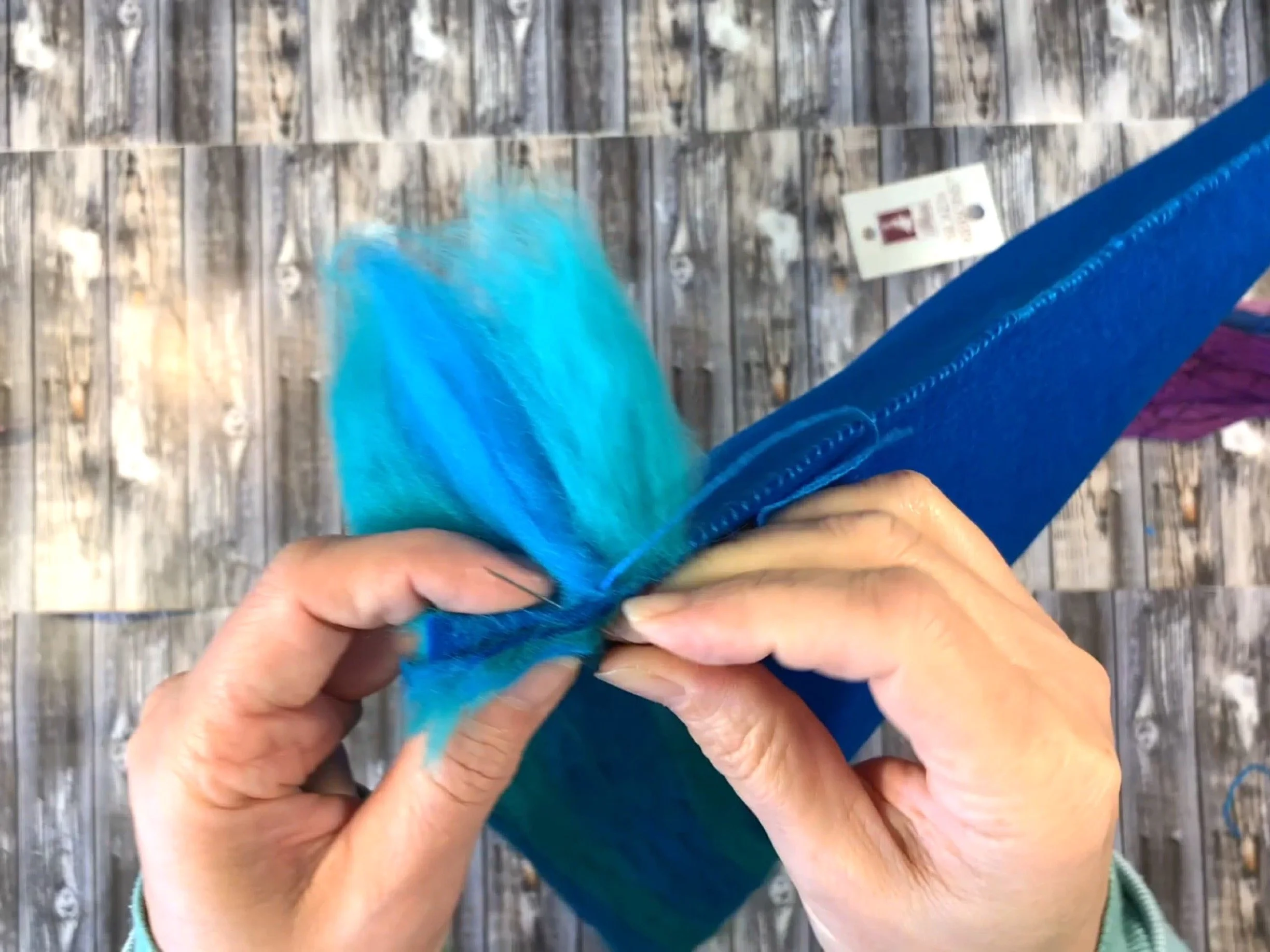
Step 14
You can make loose stitches when we get wool top border.
-

Step 15
Take some of the felt and overlap it onto the other side of the hat and needle felt it over the stitching.
-

How to Make a Floral Garland
We love the activity books by Laurie Carlson because the activities and projects are easy to do with materials you probably already have around the house. The book Days of Knights and Damsels an Activity Guide by Laurie Carlson has a simple floral garland project that we did using materials from a floral arrangement that got ruined when I washed it in the washing machine. It had gotten really dusty in the kitchen and I thought the best way to thoroughly clean it was to wash in the washing machine. While it did get super clean, washing it did rip the stems off the flowers. No worries! I turned the beautiful flowers into a garland. I did purchase copper wire for this project, but you can use any metal wire. I just suggest using a higher gage than what I used. I also recommend using floral tape to wrap around the wire, but as I didn't have any, I used washi tape which worked okay.
Swirly Princess Unicorn Hat Tutorial
While the idea for this hat is easy and straightforward, it wasn’t as easy to make as I thought. First, I used the template from our previous princess hat.
Once you have a template, you can test it out to make sure it fits your child (or you!). Next, place it on your felt and cut it out. I began this hat by sewing the tassels on the tip of the hat first. Next I used the same embroidery floss (separated so it was just three of the six strands) to stitch the hat together. I folded one piece of felt over the other and sewed done the side starting at the top. I did a loose sloppy stitch because it’s going to be completely covered, so I didn’t worry about being neat.
Next, I covered the whole hat with multi colored corriedale wool in pastel colors. All the supplies for this project were purchased from
A Child’s Dream.
I needle felted the wool from the tip of the hat and wrapped them in a swirling fashion all the way around the hat. I did cut my foam mat to make it work. I slipped the foam mat into the hat and needle felted from the top down. I had to readjust often, and this did take longer than I expected, but I love the final look. In all this project probably took an hour from start to finish including set up and clean up.
You can see the other tutorials for our Middle Ages unit including projects, meals and more!
DIY Medieval Crown
We turned a simple activity into a weeks long handwork project, but you don’t have to! You can make these crowns during an afternoon with supplies you probably already have on hand like construction paper and embellishments. This project was inspired by an activity in Days of Knights and Damsels an Activity Guide by Laurie Carlson.
In the meantime, I made a quick pattern for the crowns. I measured my children’s heads so the crown would fit them snug. Then I freehanded a design on the 100% Merino wool felt with pencil. The kids cut the crowns on their own. I showed them how to sew the crown together because it was in two pieces. Then came the fun, creative part. They got to sew or glue on their balls and embellish in other ways.
For our project, we wet felted mini balls to use as embellishment. While that was a fun handwork project, it was terribly time consuming and more difficult than anticipated. I think making balls that are small versus large are more challenging. The wet wool was hard to felt into balls, and if you messed up early on, you’d end up with a deformed ball that was nearly impossible ot remedy. Also the small size easily shifted in our wet soapy hands and made it hard to keep in place to form. Once these balls were done, they needed to dry for a couple days.
They were not as pleased with their finished creations as they hoped. So I made a crown for my girl, and she loved it! My son looked on longingly, so I quickly made him one, too. I cut the same pattern out of a larger piece of wool that didn’t need to be stitched together. I put wisps of wool batt along the front and needle felted it in place. I glued some glass beads along the base of the crown, and called it done! This version took less time, and I think they turned out really nice.
Check out our other Middle Ages Projects!
How to Make Mozzarella Cheese
Making homemade cheese and in particular mozzarella is a great learning experience for children and adults. Even though the process was fun and educational, there were times it was confusing and challenging. To make things easier, we used a kit by Gardener’s Pantry DIY Mozzarella and Ricotta Cheese Kit available at Gardener’s. that came with everything we needed to make several batches of cheese. You can find links to the products we used as well as more pics from this project on the blog post that accompanies this video:
Here are the tips I shared in the video:
1-Use whole milk
2-If possible, use raw milk, if you can’t, at least don’t use a ultra pasteurized milk
3-Add milk powder to increase the chances that your curds set
4-Add more rennet than suggested if you’re having trouble getting a good setting curd
It was easier working with small handfuls of curds when it came time to stretch the mozzarella. If you are working with children, you might get the cheese stretch and then let the children continue stretching it; it does take a bit to get it going to begin with.
Don’t forget to salt the cheese! We didn’t at first, and it really makes the cheese taste bland and tasteless.
The following recipe is what I use to make dough. Since we had whey, we traded out the water for whey and enjoyed some amazing bread! We even embedded the mozzarella in the bread for a gooey treat.
How We Do Our Read Alouds
The majority of our lessons contain a lot of reading aloud. While I do the majority of it, there are times when my 12-year-old son will do some of the reading aloud. During this part of the lesson, my children will usually be engaged in either handwork or quiet play. Sometimes I wonder if they are actually listening, but they are! Some students listen and retain better when their hands are busy. Other students concentrate better if they can move a bit while listening. Trust your intuition and your knowledge about your children before insisting they sit and look at you while you read. If you are orally narrating or simply conversing with your children or delivering a lesson (but not reading it out of a book), then eye contact is preferable in my opinion. But it's your homeschool! Do what works for you.
Many of the clips you see in this video come from Instagram, hence the vertical format and the overlaid text. You can catch our daily happenings on Instagram at Pepper and Pine.
How We Do Our Opening Activities
Sometimes our opening activities occur in the morning, but more often than not, they happen anytime throughout the day. And while I do wish we had more routine to our schedule, it is a good rhythm that has worked for us for several years now. We do aim to start at 8am, and we do aim to have lunch at 1pm, but after that, no two days are the same. Ideally, we'd start at 8am with some independent work or free play for the little ones, and move on to our main lesson at 9am. Ideally, we'd reserve the time after lunch for our handwork or hands-on projects and outings.
Today, I'm sharing what it looks like to do our opening activities for our main lesson. We are in the middle of our Middle Ages main lesson block and we are using the Professor Noggin's Medieval Times Card Game to get us started on today's lessons. We can't do this game often because we play all the cards and it takes about 30 minutes. I found for this unit, it worked especially well about midway through our unit so we could draw on information we'd already learned.
You'll probably notice I really get into playing games with my children. If you're the same, you'll probably like the same games we do, if you don't care for games, that's ok! There are plenty other opening activities you can do. Just find one that's right for you.
